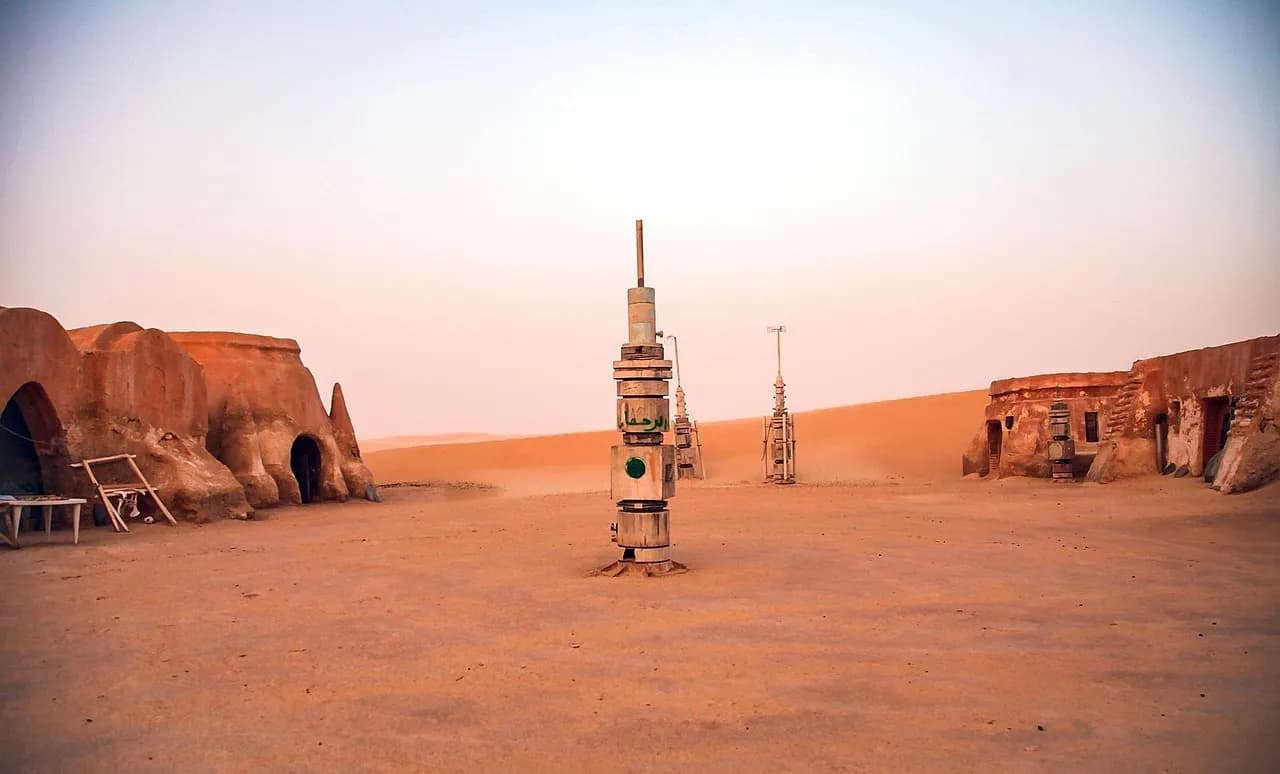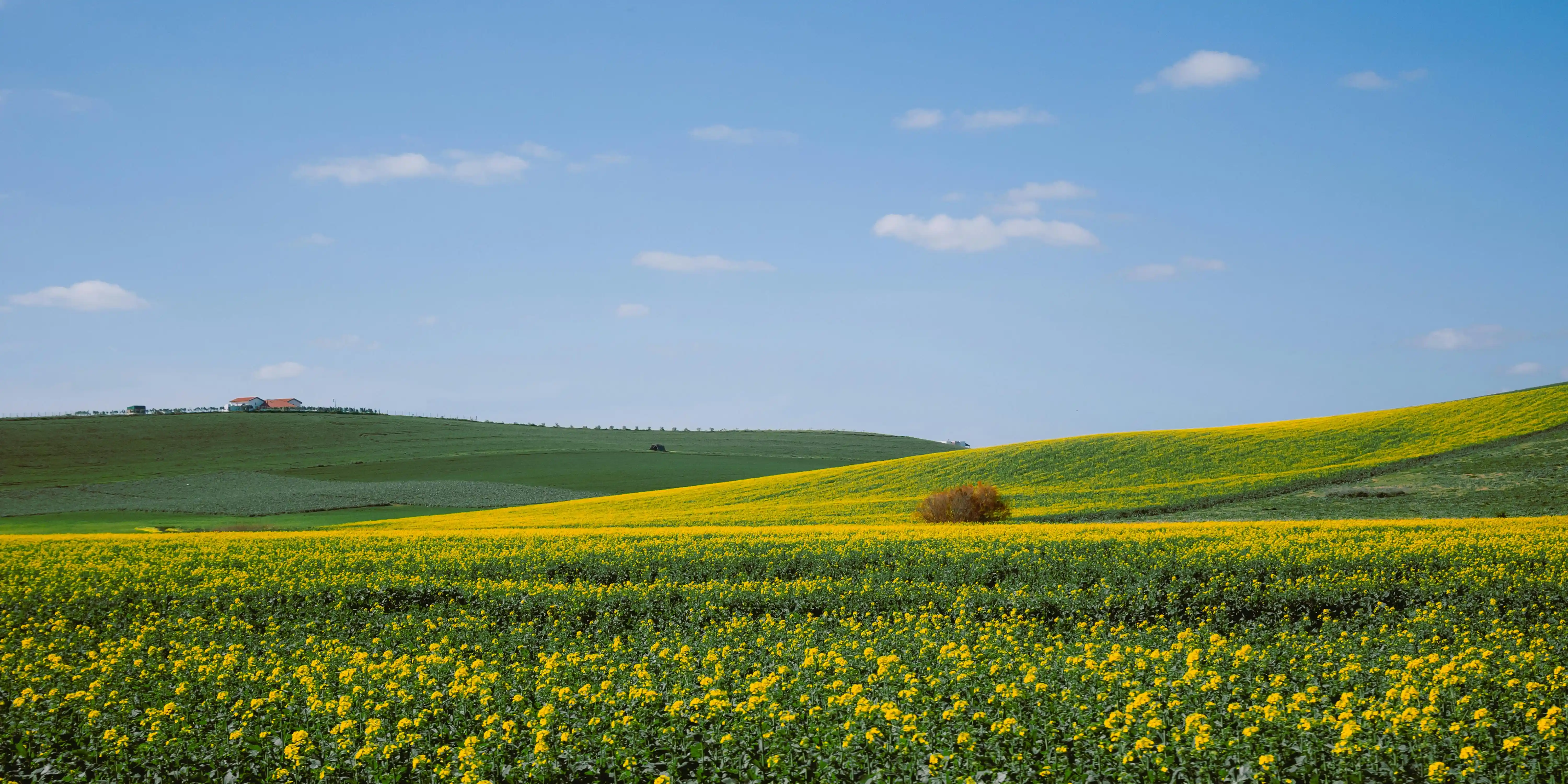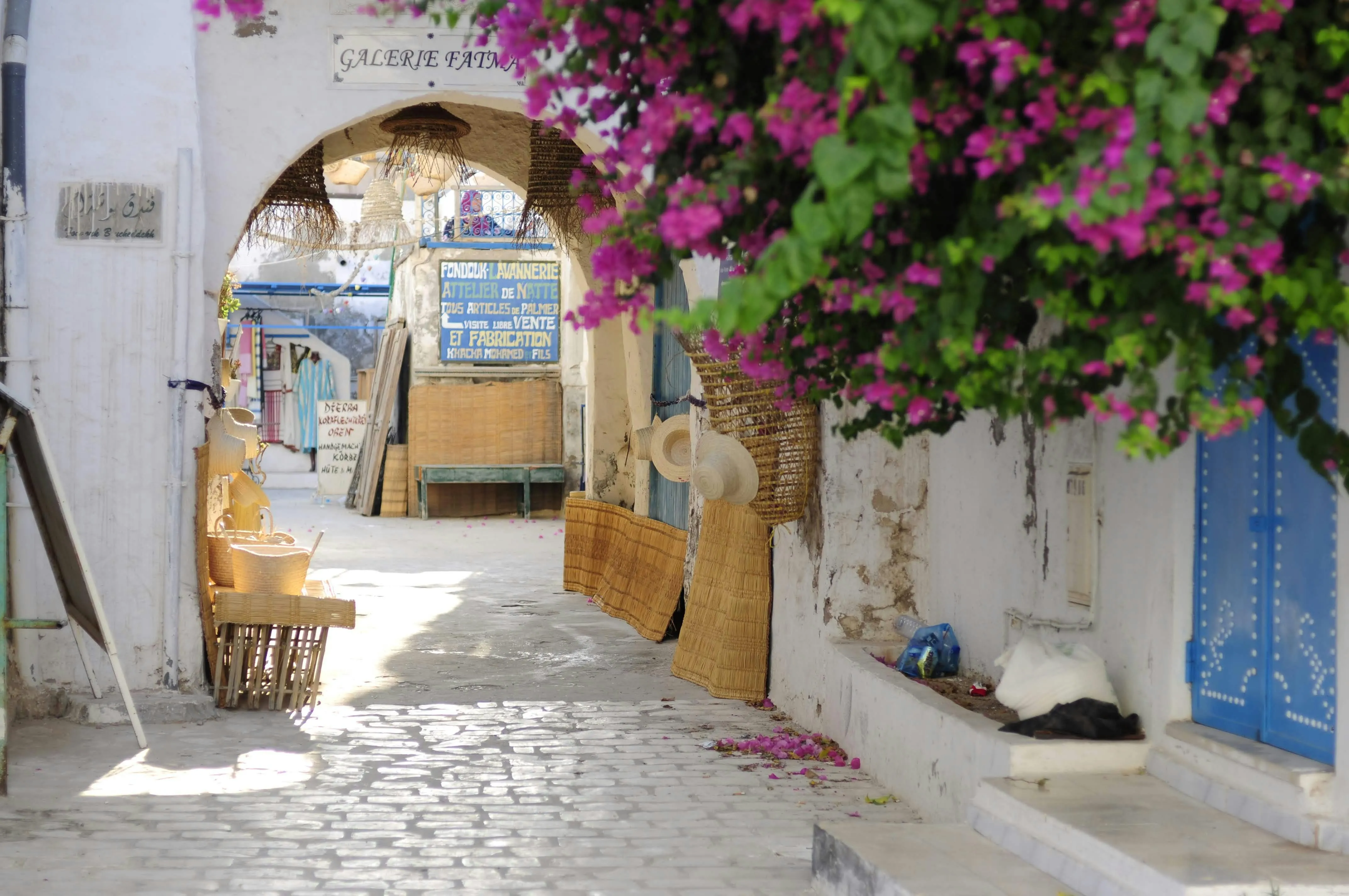
The deserts of Tunisia transformed into a galaxy far, far away, creating some of cinema's most iconic scenes across nearly three decades of Star Wars filming. From Luke Skywalker's childhood home to the bustling marketplace of Mos Espa, Tunisia's diverse landscapes provided the perfect backdrop for the desert planet Tatooine.
Today, dedicated fans can embark on their own Jedi pilgrimage, visiting remarkably preserved sets and staying overnight in Luke's actual homestead.
Tunisia served as Tatooine for four Star Wars films spanning 1977 to 2005, with over 12 filming locations scattered across the country's southern regions. The connection runs deeper than mere scenery—George Lucas adapted the planet name "Tatooine" directly from the Tunisian town of Tataouine, creating one of cinema's most famous real-world parallels.
While some sets face natural deterioration from shifting sand dunes, most remain accessible to visitors, offering an authentic Star Wars experience that no studio tour can match.
Planning your Tatooine adventure
Best time to visit
The optimal window for exploring Tunisia's Star Wars locations runs from March through May and September through November, when daytime temperatures hover between 18-25°C (64-77°F).
These months offer perfect conditions for:
- Desert photography
- Comfortable exploration of outdoor sets
- Manageable hiking conditions
Summer temperatures can exceed 50°C (122°F) in desert areas, making some locations virtually inaccessible, while winter brings occasional rain and cooler temperatures that still allow visitation.
Transportation and accessibility
Most major filming locations remain accessible by rental car, contrary to common assumptions about requiring specialized desert vehicles. Regular rental cars can reach Hotel Sidi Driss, all ksar locations in Tataouine, and Djerba island sites without difficulty. However, the remote Mos Espa set and Lars Homestead exterior do require 4x4 vehicles or organized tours with proper desert transportation.
Current rental car costs average around $250 per week, making independent exploration surprisingly affordable compared to guided tours. For those preferring professional guidance, Galaxy Tours and Mosaic North Africa offer comprehensive packages ranging from 3-8 days ($1,295-$2,895), including specialized vehicles, expert guides, and overnight stays at Luke's homestead.
Tozeur region: The heart of Tatooine
Mos Espa spaceport and marketplace
The best-preserved purpose-built Star Wars set awaits visitors 40 kilometers northwest of Tozeur, where Anakin Skywalker's childhood unfolded during Episodes I and II. Built over eight weeks in 1997, this remarkable film set contains approximately 20 domed buildings including Anakin's hovel, Watto's shop, and the slave quarters where pivotal scenes between Qui-Gon Jinn and Shmi Skywalker took place.
Current conditions: The structures remain intact but show their film-set origins up close—visitors describe them as feeling like "paper mache" rather than authentic adobe. Sand accumulation poses an ongoing threat, with dunes advancing roughly 15 meters annually. Tunisia's tourism ministry launched the "Save Mos Espa" campaign in 2014, successfully removing 8,000 cubic meters of sand, though some structures have already succumbed to the encroaching desert.
Practical details: Access requires 4x4 transportation or ATV tours from Tozeur. Expect persistent but friendly vendors selling Star Wars-themed souvenirs. The site offers exceptional photography opportunities, particularly during golden hour when the Sahara backdrop creates otherworldly atmospheres reminiscent of the films.
The binary sunset location
Chott el-Djerid salt flats provided the backdrop for perhaps Star Wars' most iconic moment—Luke Skywalker contemplating twin suns from his family's moisture farm. Located 30 minutes west of Tozeur past Nefta, the reconstructed igloo dome sits dramatically in the endless white expanse of Tunisia's largest salt lake.
The original exterior set suffered destruction during an unprecedented rainstorm on the second day of filming in 1976, requiring multiple rebuilds. Today's structure represents fan-led restoration efforts, notably by British insurance salesman Mark Cox, who funded repairs in 2012. The location remains free to visit but requires 4x4 access due to salt-encrusted terrain that can trap conventional vehicles.
Star Wars Canyon adventures
Sidi Bouhlel Canyon, universally known as "Star Wars Canyon," showcases Tunisia's dramatic geological formations while serving multiple films including the Jawa capture of R2-D2 and Tusken Raider attacks on Luke. The canyon also appeared in Raiders of the Lost Ark and The English Patient, demonstrating its versatility as a filming location.
Accessibility and experience: Regular cars can reach the large parking area via paved roads, making this one of the most accessible desert filming locations. Visitors must hike through the canyon's rocky terrain to reach specific filming spots, but the journey rewards explorers with stunning desert vistas and easily recognizable Star Wars scenery.
Ong Jemel: Darth Maul's domain
The distinctive "camel's neck" rock formation served as Darth Maul's ominous arrival point in The Phantom Menace and provided dramatic backdrops for podrace sequences. Ray Park filmed his iconic Sith scenes atop this natural mesa in August 1997, creating some of the prequel trilogy's most memorable imagery.
Desert access requires 4x4 vehicles, but adventurous visitors can climb the formation for panoramic Sahara views. The location combines natural wonder with cinematic history, offering photography opportunities that blend Tunisia's geological beauty with Star Wars mythology.
Matmata and Tataouine: Luke's homeland
Hotel Sidi Driss: Stay in Luke's childhood home
The most immersive Star Wars experience in Tunisia awaits at Hotel Sidi Driss in Matmata, where visitors can sleep in authentic troglodyte cave rooms and dine in the exact location where Luke shared meals with Uncle Owen and Aunt Beru. This traditional Berber dwelling, carved into underground courtyards, provided interior shots for both A New Hope and Attack of the Clones.
Current status and amenities: The hotel operates year-round with original Star Wars set decorations meticulously preserved. Room rates average 40-60 Tunisian dinars ($13-20) per night including breakfast and dinner, making it one of the world's most affordable themed accommodations. Guests access the underground complex via rope ladders, staying in genuine cave rooms with shared bathroom facilities.
The dining room maintains its film appearance, complete with the curved booth where Luke discussed his future with his guardians. French fan Philip Vanni restored the decorations in 1995, with additional renovations for the prequel filming in 2000. Anthony Daniels (C-3PO) and George Lucas remain the only cast and crew members present for both filming periods.
The ksar trail: Ancient granaries turned galactic architecture
Tunisia's traditional fortified granaries (ksars) provided perfect alien architecture for various Tatooine settlements. These centuries-old Berber structures, with their distinctive multi-story ghorfas (storage rooms), required minimal set decoration to become convincing otherworldly dwellings.
Ksar Hadada stands out as the most film-significant location, where Qui-Gon Jinn conversed with Shmi Skywalker about Anakin's mysterious origins. Now converted to a hotel, visitors can explore the four-story courtyard for a modest 2-dinar entry fee ($0.70). The site features an official plaque from George Lucas acknowledging its filming significance, along with a Star Wars-themed café.
Ksar Ouled Soltane, the region's best-preserved granary, offers spectacular architecture spanning four levels. While its specific filming use remains disputed among Star Wars researchers, its 15th-century construction and pristine condition make it essential viewing for understanding the authentic Berber architecture that inspired Lucas's vision.
Djerba island: Mos Eisley adventures
The Cantina connection
The port town of Ajim on Djerba island provided exterior shots for the legendary Mos Eisley Cantina, though interior scenes were filmed at EMI-Elstree Studios in London. The original bakery building that served as the Cantina entrance now stands in ruins, described by recent visitors as "mostly a dump" and "barely recognizable."
Despite deterioration, dedicated fans can still identify the location using film references, and the broader Ajim area offers authentic Mediterranean coastal charm that contrasts dramatically with the Sahara desert locations.
Obi-Wan Kenobi's hermitage
Three kilometers north of Ajim, the former Sidi Jemour mosque served as the exterior of Ben Kenobi's desert hideaway. This 10th-century structure, now used by local fishermen for storage, gained modern fame when French street artist Space Invader installed a mosaic artwork of Obi-Wan Kenobi on its wall.
The location demonstrates Lucas's visual trickery—careful camera angles made this Mediterranean coastal site appear completely surrounded by desert. Visitors today can appreciate both the original Islamic architecture and its transformation into one of Star Wars' most recognizable structures.
Current preservation challenges and community impact
Tunisia's Star Wars legacy faces mounting environmental pressures, particularly from advancing sand dunes that threaten the elaborate Mos Espa set. The government allocated 160,000 dinars ($101,000) toward preservation efforts in 2014, supplemented by international crowdfunding that raised additional funds though fell short of target amounts.
Local communities have embraced their Star Wars heritage, with regional tourism organizations recognizing these sites as "part of their inheritance." Small businesses throughout the filming regions profit from Star Wars tourism through guide services, transportation, crafts, and hospitality. The economic impact extends beyond direct tourism, creating employment and infrastructure development in previously remote areas.
However, preservation requires ongoing investment that often relies on fan donations and government emergency allocations rather than systematic maintenance budgets. The "Save Mos Espa" campaign demonstrated international fan commitment but also highlighted the challenges of preserving film sets in harsh desert environments.
Photography and fan experiences
Each location offers unique photographic opportunities for recreating iconic Star Wars moments. The binary sunset scene remains easily recreatable at the Lars Homestead exterior, while Mos Espa provides countless angles for capturing marketplace bustling with imagined alien life. Hotel Sidi Driss allows intimate photography of actual film sets, from Luke's bedroom to the family dining area.
Optimal photography conditions occur during sunrise and sunset when harsh desert light softens into golden tones reminiscent of the films' cinematography. Wide-angle lenses capture the epic scale of desert landscapes, while detail shots reveal the craftsmanship of both ancient Berber architecture and purpose-built film sets.
Recent visitors emphasize bringing extra batteries and memory cards, as remote desert locations offer no equipment replacement options. Sun protection proves essential—long sleeves, pants, and head coverings help prevent sunburn during extended desert exploration.
Choosing tours versus independent travel
Independent exploration offers maximum flexibility and significant cost savings, with rental cars providing access to most major filming locations. Total costs for week-long independent trips range from $500-800 per person including car rental, fuel, accommodation, and meals at local restaurants.
Professional guided tours provide specialized knowledge, proper desert vehicles, and insider access to stories and locations that independent travelers might miss. Galaxy Tours, officially approved by Tunisia's National Tourism Office, offers comprehensive packages with expert guides who provide frame-by-frame location analysis and behind-the-scenes production stories.
Tour packages range from 3-day focused experiences ($1,295) to 8-day comprehensive explorations ($2,895) including luxury accommodations, all meals, specialized transportation, and professional guides. These tours often include overnight stays at Hotel Sidi Driss and exclusive access to filming location insights unavailable to independent visitors.
Essential planning considerations
Safety and cultural respect remain paramount when visiting Tunisia's Star Wars locations. All filming sites lie well beyond current travel advisory zones, with regional security situations allowing safe tourism. However, visitors should register with their embassies and maintain situational awareness, particularly in remote desert areas.
Cultural considerations include dressing modestly when visiting traditional Islamic sites and respecting local customs, especially during Ramadan observances. Tourism police maintain active presences in major tourist areas, providing assistance and security for international visitors.
Physical accessibility varies significantly between locations. While Hotel Sidi Driss and urban ksar sites accommodate most fitness levels, desert locations require hiking on uneven terrain. Wheelchair or mobility scooter access proves "especially challenging" according to accessibility assessments, though some operators can arrange modified experiences.
Conclusion
Tunisia's Star Wars filming locations offer unparalleled opportunities to step directly into cinematic history, from sleeping in Luke's childhood bedroom to exploring the marketplace where Anakin built his podracer. While environmental challenges threaten some sites, current preservation efforts maintain access to these unique destinations for dedicated fans and curious travelers alike.
The combination of authentic ancient architecture, purpose-built film sets, and stunning natural landscapes creates experiences impossible to replicate elsewhere. Whether choosing independent adventure or professional guided tours, visitors to Tunisia's Tatooine can expect encounters with both Hollywood magic and genuine Berber cultural heritage that originally inspired George Lucas's vision of a galaxy far, far away.
For travelers seeking authentic film tourism experiences, Tunisia's Star Wars locations represent some of the world's most accessible and affordable cinematic pilgrimages, where the line between Earth and Tatooine disappears beneath twin suns and endless desert horizons.
Continue Reading

Top 10 Must-Visit Places in Tunisia (2025 Edition)
Discover Tunisia's 10 best destinations for 2025, from sun-soaked beaches and ancient ruins to vibrant cities and desert oases, and plan an unforgettable adventure.

Escape Tunisia’s Crowds: 7 Hidden Gems Loved by Locals
Discover 7 hidden gems—coastal villages, mountain retreats, Roman ruins, and secret beaches—beloved by locals for an offbeat adventure.

Tunisia Travel Tips: 10 Essential Things to Know Before You Go
Discover 10 essential travel tips covering visas, currency, language, culture, safety, transport and more, so you can travel confidently.